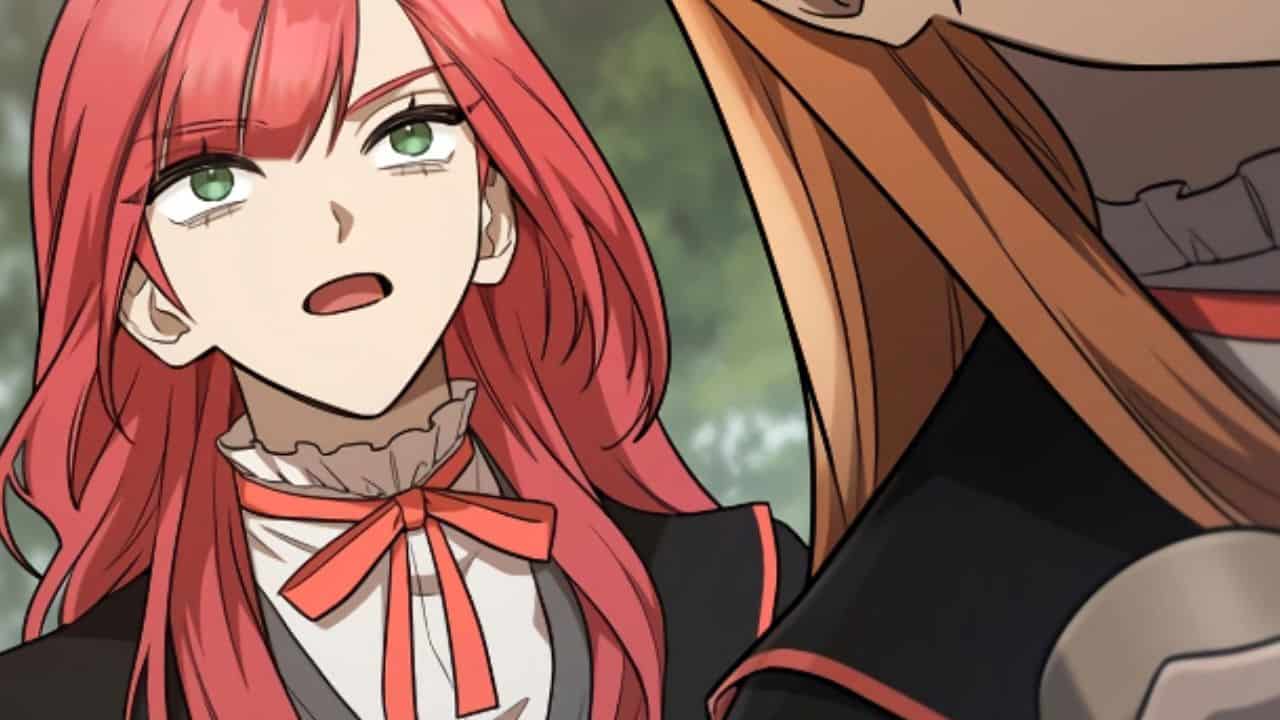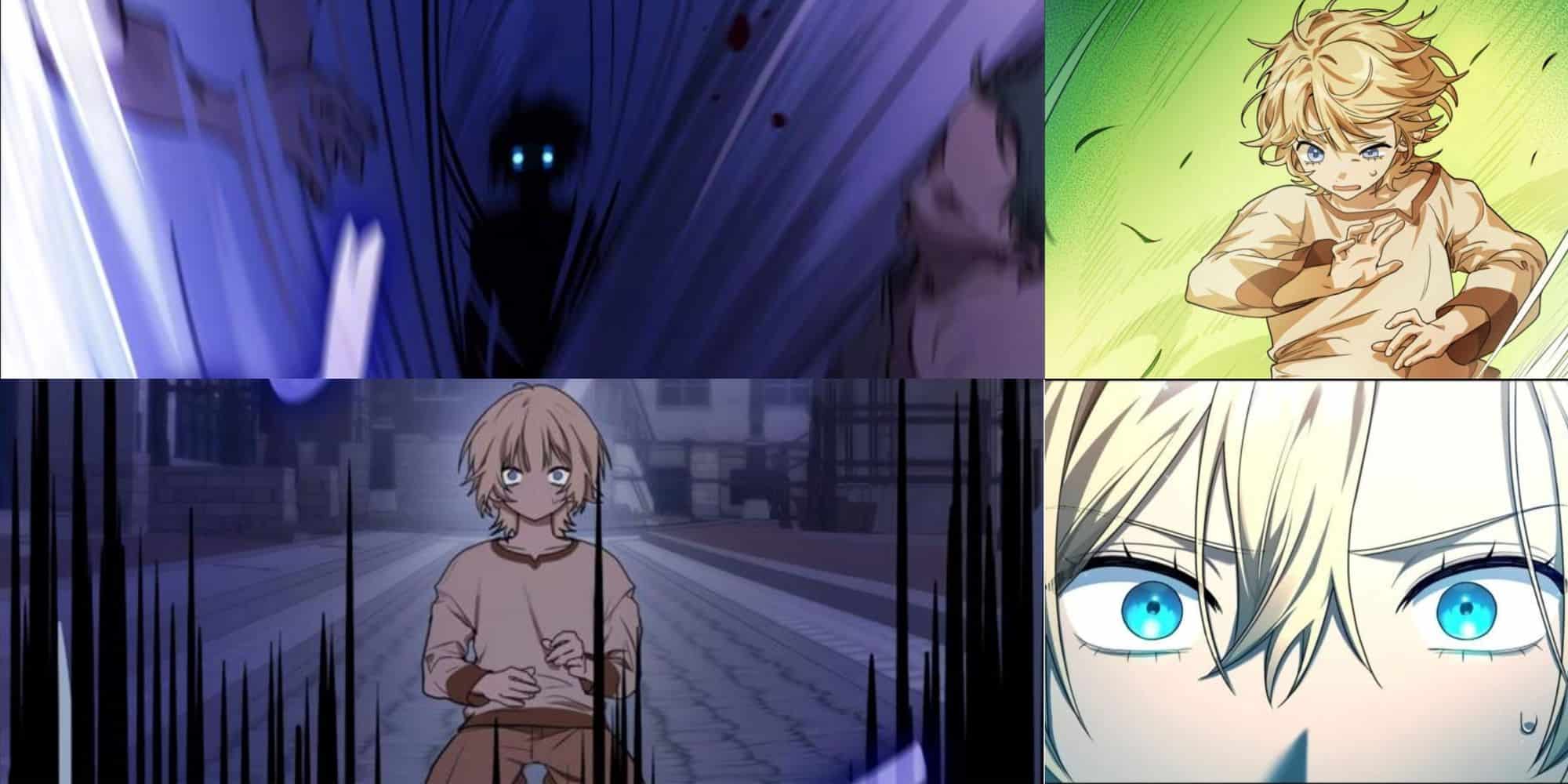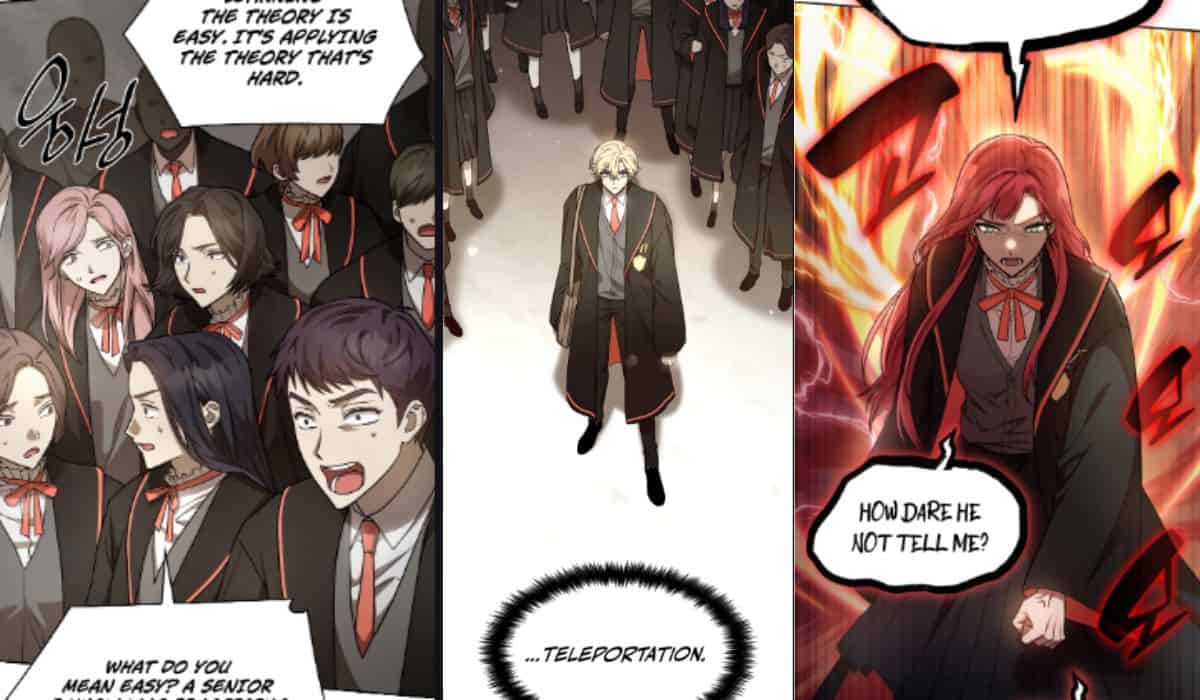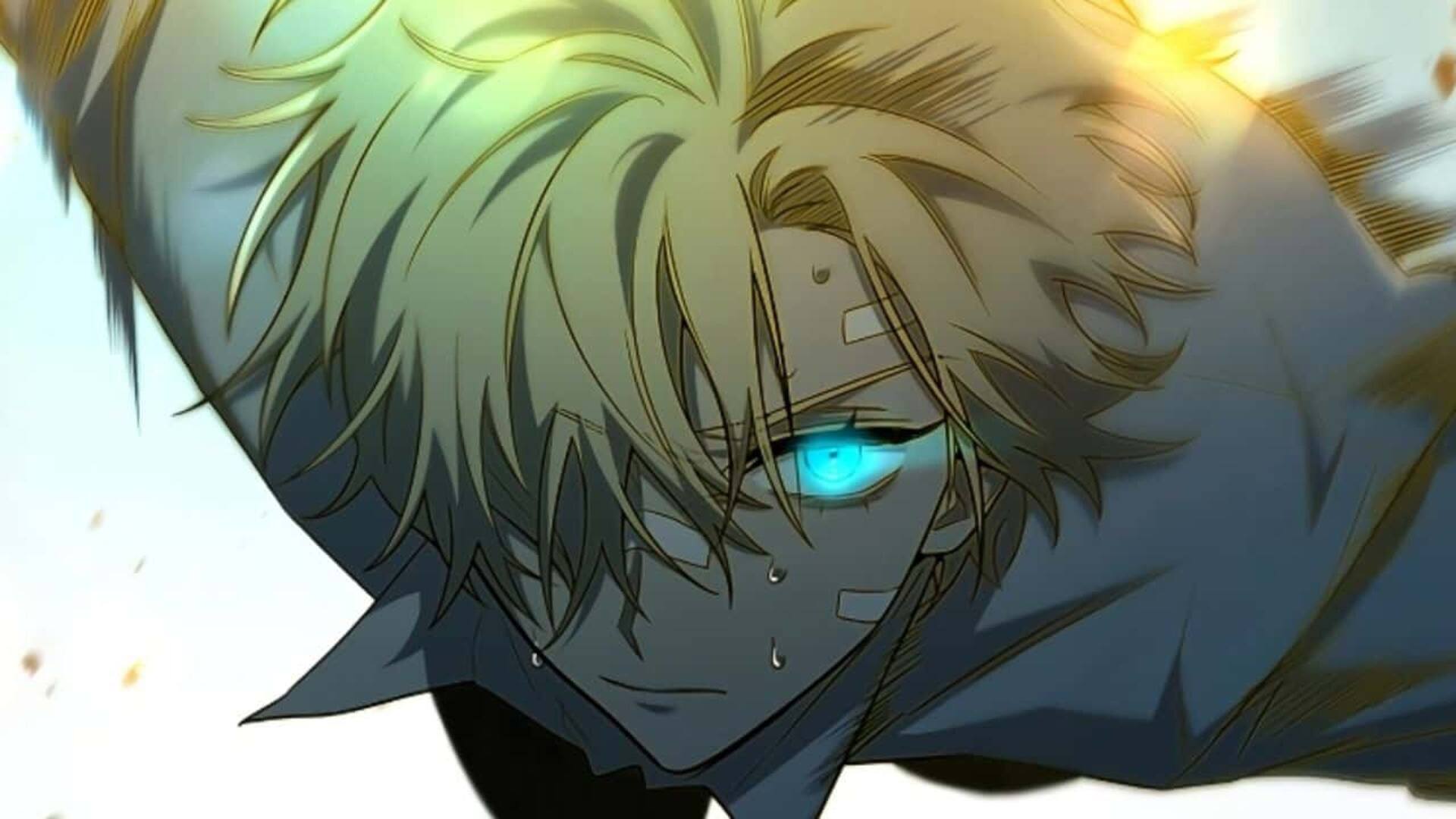Embark on an extraordinary literary journey with “Infinite Mage Chapter 1,” where the boundaries of magic and imagination blur. This captivating chapter sets the stage for an epic tale, introducing a realm brimming with intrigue, adventure, and profound themes that will resonate with readers of all ages.
Prepare to delve into a world where the power of magic permeates every aspect of existence, and where the fate of individuals and nations hangs in the balance. Join us as we unravel the mysteries of Chapter 1, exploring its intricate plot, compelling characters, and the boundless possibilities that lie ahead.
Plot Summary and Character Analysis

Chapter 1 of “Infinite Mage” introduces the protagonist, Silas, a talented but arrogant young mage. The story begins as Silas is about to graduate from the prestigious Aethra Academy, where he has excelled in his studies but struggled to connect with his peers.
On the day of his graduation ceremony, Silas is challenged to a duel by his rival, Darius, a skilled swordsman. Silas’s arrogance gets the better of him, and he accepts the challenge despite being outmatched. During the duel, Silas is humiliated and nearly killed by Darius.
Main Characters
- Silas: A talented but arrogant young mage who is struggling to find his place in the world.
- Darius: A skilled swordsman and Silas’s rival. He is a more balanced and mature individual than Silas.
Central Themes and Conflicts
- The conflict between arrogance and humility: Silas’s arrogance leads him to underestimate his opponent and nearly gets him killed. The chapter suggests that true strength comes not from pride but from humility and self-awareness.
- The importance of finding one’s place in the world: Silas is struggling to find his place in the world, both as a mage and as a person. The chapter suggests that it is important to find a place where one can belong and feel accepted.
Setting and Worldbuilding

Chapter 1 of “Infinite Mage” introduces us to a captivating world filled with intricate details and immersive elements.
The story unfolds in the realm of Aethra, a land steeped in both ancient magic and modern advancements. The physical landscape is diverse, ranging from sprawling forests teeming with mystical creatures to bustling cities where technology and arcane arts intertwine.
Social Structure
Aethra’s social structure is complex, with various factions and guilds vying for influence. The Mage’s Guild, a prestigious organization, holds a central position in society, overseeing the study and practice of magic. Other guilds, such as the Warriors’ Guild and the Merchants’ Guild, play equally important roles in maintaining balance and prosperity.
Magic System
Magic in Aethra is a potent force that permeates every aspect of life. The magic system is based on the manipulation of ethereal energy, known as mana. Skilled mages can harness mana to cast spells, perform rituals, and craft magical artifacts.
Cultural and Historical Influences
The world of “Infinite Mage” is shaped by a rich tapestry of cultural and historical influences. Ancient legends and myths intertwine with modern scientific advancements, creating a unique and immersive setting. The story draws inspiration from various real-world cultures, blending elements of Eastern and Western traditions to create a cohesive and enchanting world.
Writing Style and Literary Devices

Chapter 1 of Infinite Mage is written in a vivid and engaging style that captivates the reader from the outset. The author employs a rich vocabulary and evocative imagery to create a sense of wonder and awe. The pacing is brisk, with the story unfolding at a steady clip, keeping the reader on the edge of their seat.
The author also makes effective use of literary devices to enhance the story’s impact. Foreshadowing is used to hint at future events, creating a sense of anticipation and suspense. Symbolism is employed to give objects and events deeper meanings, adding layers of complexity to the narrative. Metaphors and similes are used to create vivid and memorable images, bringing the world of the story to life.
Tone
The tone of Chapter 1 is one of adventure and discovery. The author conveys a sense of excitement and wonder as the protagonist, Kyle, embarks on his journey to become a mage. However, there is also an underlying sense of danger and uncertainty, as Kyle faces challenges and obstacles along the way.
Pacing
The pacing of Chapter 1 is brisk, with the story unfolding at a steady clip. This keeps the reader engaged and eager to see what happens next. The author does not dwell on unnecessary details, but instead focuses on the most important events and developments.
Imagery
The author of Chapter 1 uses vivid and evocative imagery to create a sense of wonder and awe. The descriptions of the magical world are particularly impressive, with the author using language that appeals to all five senses. For example, the reader can almost feel the cool breeze blowing through Kyle’s hair as he stands on the edge of the cliff, looking out at the vast expanse of the ocean.
Foreshadowing
The author uses foreshadowing to hint at future events, creating a sense of anticipation and suspense. For example, the mention of the dark clouds on the horizon foreshadows the storm that is about to come. This technique helps to keep the reader engaged and eager to see what happens next.
Symbolism
The author also uses symbolism to give objects and events deeper meanings, adding layers of complexity to the narrative. For example, the staff that Kyle finds in the forest can be seen as a symbol of his power and potential as a mage. This technique helps to add depth and richness to the story.
Metaphors and Similes
Metaphors and similes are used to create vivid and memorable images, bringing the world of the story to life. For example, the author compares the wind to a wild beast, which helps to convey the sense of danger and excitement that Kyle feels as he stands on the edge of the cliff. This technique helps to make the story more engaging and memorable.
Author’s Craft
The author of Chapter 1 demonstrates a high level of craft in their writing. The use of vivid imagery, foreshadowing, symbolism, and metaphors creates a rich and engaging story that keeps the reader on the edge of their seat. The author’s skillful use of language brings the world of the story to life, and the reader can easily imagine themselves in Kyle’s shoes as he embarks on his journey to become a mage.
Themes and Symbolism

Chapter 1 of “Infinite Mage” introduces several significant themes that shape the narrative and provide insights into the characters and their journeys. These themes are explored through the use of symbolism and allegory, creating a deeper level of meaning and resonance.
The Power of Knowledge and Education
- The chapter emphasizes the importance of knowledge and education in shaping individuals and their destinies. The protagonist, Kael, is driven by an insatiable thirst for knowledge and spends countless hours studying in the Tower of Wisdom.
- Kael’s journey symbolizes the transformative power of education, as he gradually masters the arcane arts and gains a profound understanding of the world around him. The Tower of Wisdom represents the institution that fosters this pursuit of knowledge.
The Conflict Between Ambition and Morality
- The chapter also explores the tension between ambition and morality. Kael’s ambition to become the most powerful mage leads him to make questionable choices, such as sacrificing his morality to achieve his goals.
- The character of Lady Celeste serves as a foil to Kael, representing the path of compassion and empathy. Her actions challenge Kael’s belief that ambition must come at the expense of morality.
The Symbolism of the Tower of Wisdom, Infinite mage chapter 1
- The Tower of Wisdom is a central symbol in Chapter 1. It represents the institution of learning and knowledge that shapes the characters’ journeys.
- The tower’s height and grandeur symbolize the vastness and complexity of knowledge, while its spiral staircase suggests the arduous path to mastery.
Last Recap: Infinite Mage Chapter 1

As the curtain falls on Chapter 1, we are left with a tantalizing glimpse into the vast tapestry of “Infinite Mage.” The seeds of epic conflicts have been sown, the threads of destiny have begun to intertwine, and the stage is set for an unforgettable adventure. With each page turned, the world of magic and wonder expands, promising an immersive and thought-provoking experience that will linger long after the final chapter is read.
Detailed FAQs
What is the central conflict introduced in Chapter 1?
Chapter 1 introduces the brewing conflict between the forces of good and evil, as the Shadow Lord threatens to plunge the realm into darkness. The protagonist, a young mage named Eldrin, must embrace his destiny and harness his powers to confront this formidable threat.
How is the magic system portrayed in Chapter 1?
In Chapter 1, magic is an integral part of the world, woven into the fabric of society and the environment. Mages possess the ability to manipulate elements, cast spells, and wield incredible power, but their actions come with both great responsibility and potential consequences.
What are the key themes explored in Chapter 1?
Chapter 1 delves into themes of self-discovery, the power of choice, and the eternal struggle between good and evil. Through the journey of Eldrin and his companions, readers will explore the complexities of morality, the importance of perseverance, and the transformative nature of magic.